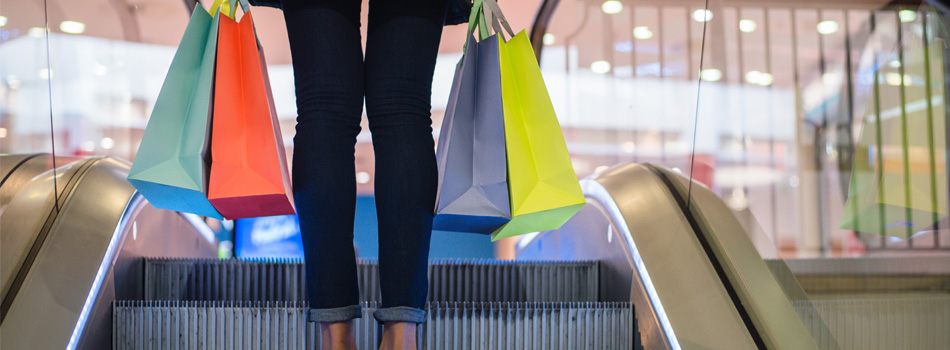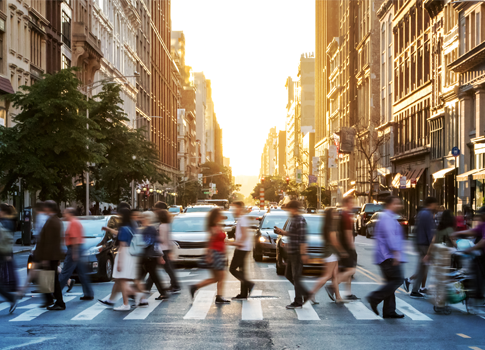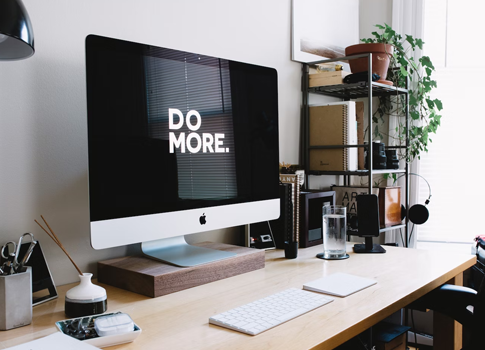The reopening of the high street across the UK last week saw queues splashed across front pages and shoppers eager to get back to spending in physical stores. But encouraging the majority of consumers back into stores won’t be as smooth sailing.
The decline of the UK high street has been well documented, as people opt for digital shopping due to better deals, convenience and choice. Covid-19 has accelerated the shift towards online shopping. Latest research from Mintel reveals the online grocery market is forecast to grow by 33% in 2020 to reach an estimated value of £16.8 billion, up from £12.7 billion in 2019. Before lockdown, 7% of the UK population said they increased the total amount of online shopping, and this rose to 36% at the end of April.
Behaviourally, this pattern – sustained by lockdown – will have caused consumers to establish new habits around online shopping, making reverting to our old brick-and-mortar ways challenging. Brands have invested millions in adapting to digital solutions to meet their consumer needs, but now face the challenge of bringing those sales back into stores.
Research suggests that on any given day, 45% of our decisions are habitual, made instinctively and consistently – but behavioural science can be used to re-establish previous shopping behaviours.
Social proof
Social proof is a set of rules that determine what is acceptable and what is not for certain groups. We saw the power of this early in lockdown with images of bare aisles and panic buying loo roll. When we are faced with uncertainty, we tend to look to the behaviour of others to guide our own actions.
The image of queues across newspapers is a positive step towards reverting behaviour, as once shoppers see brick and mortar shopping as a normalised behaviour through images of people queuing outside Primark they will feel like going back into physical stores is socially acceptable. Once people hear of other people’s positive shopping experiences, they will start to do so themselves. Retailers should continue to highlight good shopping behaviour in-store and publish visitor numbers as they increase to aid re-establishing the social norm around physical shopping.
Reduce uncertainty
A big barrier to store re-entry is safety and uncertainty around what to expect when we shop. Humans have an evolutionary fear of the unknown that has shaped our brains to be cautious. Moving forward, people will be more concerned with cleanliness, sanitation, and fears about gathering in large numbers again.
Retailers should focus on reassuring customers on what to expect when they get to the store, which will help minimise fear. We have already seen some brands take to Twitter to warn of queues and stock levels – which will have the opposite impact of bringing them to store, but still goes a long way in managing what they can expect. Instead, retail brands should communicate their social distancing and other Covid-19 related safety precautions to restore consumer confidence.
Keep it social
We are first and foremost social beings. It is against our human nature to be isolated. People will want to get out of their homes and shop after months of lockdown. Retailers should use their own channels (website or social channels) to engage and remind customers of what awaits them in store. Consumers will seek experiences they have been deprived of once they feel safe to do so.
Conclusion
It is likely it will take footfall a while to recover until physical shopping is re-normalised and fear is alleviated. It is encouraging to already see images of shoppers flocking to high streets and reports of higher than expected footfalls, igniting hope for the high street. By applying what we know about human behaviour, retailers can help support consumers as they transition into the new normal.
This article was originally posted on Essential Retail by our Senior Behavioural Planner, Stephanie Watson. To read the original article, visit their website.






